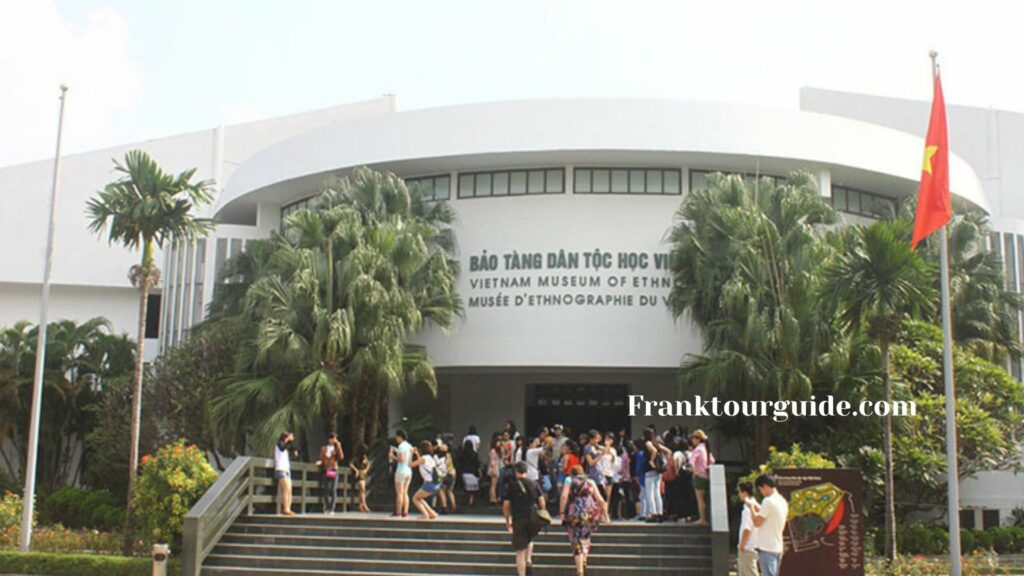When exploring Vietnam’s vibrant capital, Hanoi, one destination that truly stands out for its cultural depth and fascinating stories is the Vietnam Museum of Ethnology. Often featured as a highlight of any Hanoi city tour, this museum offers visitors a chance to journey through Vietnam’s rich tapestry of ethnic diversity — from traditional costumes and crafts to recreated village houses and interactive exhibits.
What is the Vietnam Museum of Ethnology?
The Vietnam Museum of Ethnology (Bảo tàng Dân tộc học Việt Nam) was established in 1997 to preserve and showcase the cultural heritage of Vietnam’s 54 officially recognized ethnic groups. Located on Nguyễn Văn Huyên Street in the Cầu Giấy District (📍 Link Map), just about 8 kilometers from Hanoi’s Old Quarter, the museum covers a large area with both indoor and outdoor exhibition spaces.
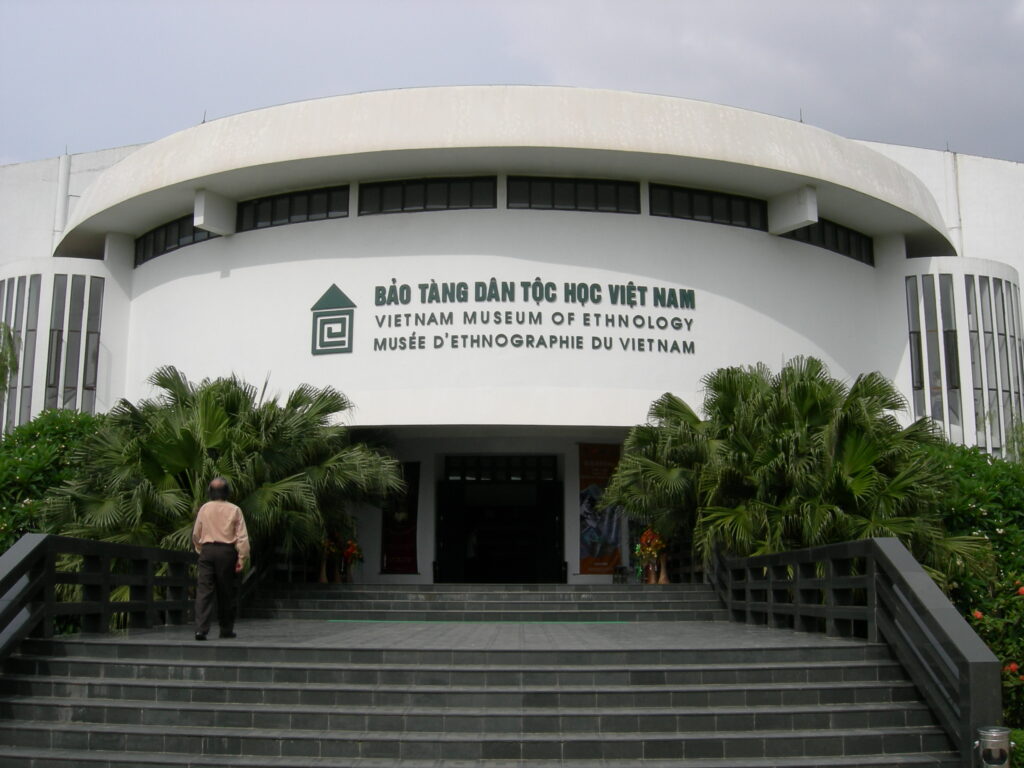
Designed by architect Hà Đức Lịnh, a member of the Tày ethnic group, the museum beautifully combines modern architecture with traditional design elements. The complex includes a main exhibition building, an open-air garden displaying life-size ethnic houses, and a new Southeast Asia exhibition building that broadens the museum’s cultural scope.
What Can You See at the Museum?
A visit to the Vietnam Museum of Ethnology offers a multi-sensory experience that goes beyond static displays. Here’s what makes it special:
1. Indoor Exhibits
Inside the main museum building, visitors can explore artifacts, photographs, videos, and interactive displays representing Vietnam’s ethnic communities. Each section highlights a different group’s lifestyle, beliefs, and traditions — from the Hmong’s intricate textiles to the Cham people’s spiritual practices.
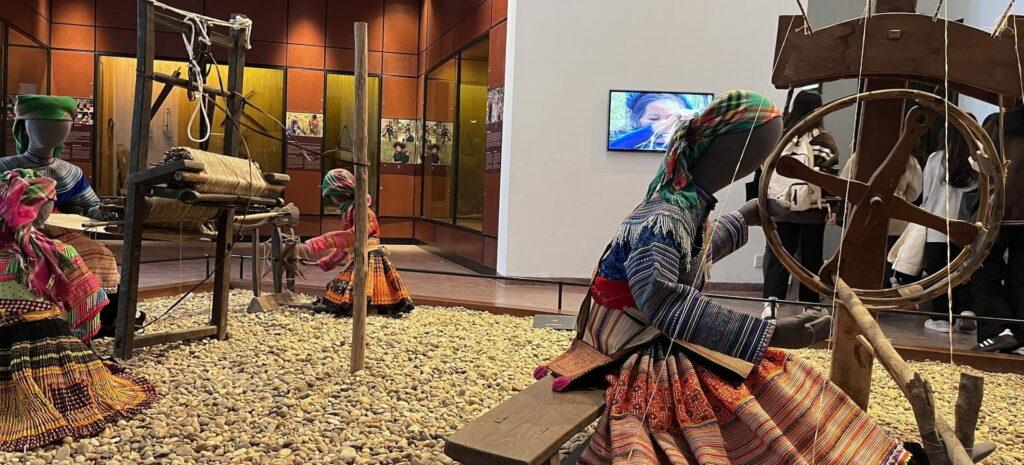
There are well-documented exhibits on:
-
Traditional costumes and jewelry
-
Musical instruments and folk dances
-
Tools and agricultural equipment
-
Wedding, funeral, and ritual objects
The museum does an excellent job of explaining how these traditions have evolved and how communities maintain their identities in modern Vietnam.
2. Outdoor Exhibition Area
Step outside, and you’ll feel as though you’ve entered a living ethnographic village. The open-air section features full-scale replicas of traditional houses built by craftsmen from the ethnic groups themselves.
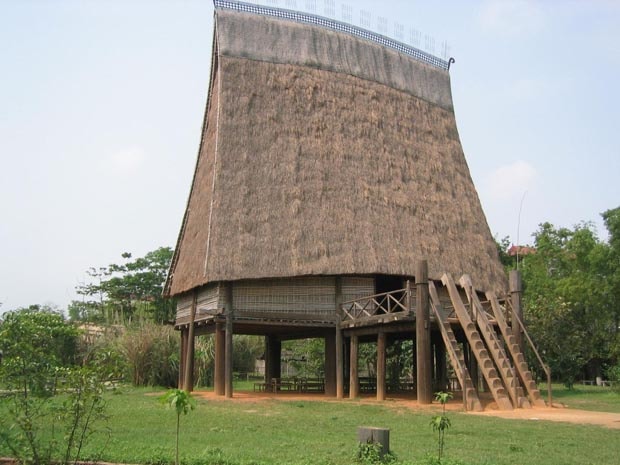
You can explore stilt houses from the Tày and Bahnar people, longhouses from the Ede ethnic group, and even a spectacular communal house from the Central Highlands that soars high into the air. Each structure reflects unique architectural styles and living habits adapted to Vietnam’s varied geography and climate.
Visitors can walk into these houses, climb up wooden ladders, and get a feel of authentic rural Vietnamese life — a rare experience even for locals.
Which Month is Best to Visit Hanoi? A Guide for Asian Travelers
3. Southeast Asia Exhibition Hall
Opened in 2013, this section expands the museum’s cultural perspective by featuring artifacts and multimedia displays from across Southeast Asia. It provides context to how Vietnam’s ethnic groups share cultural ties with neighboring countries.
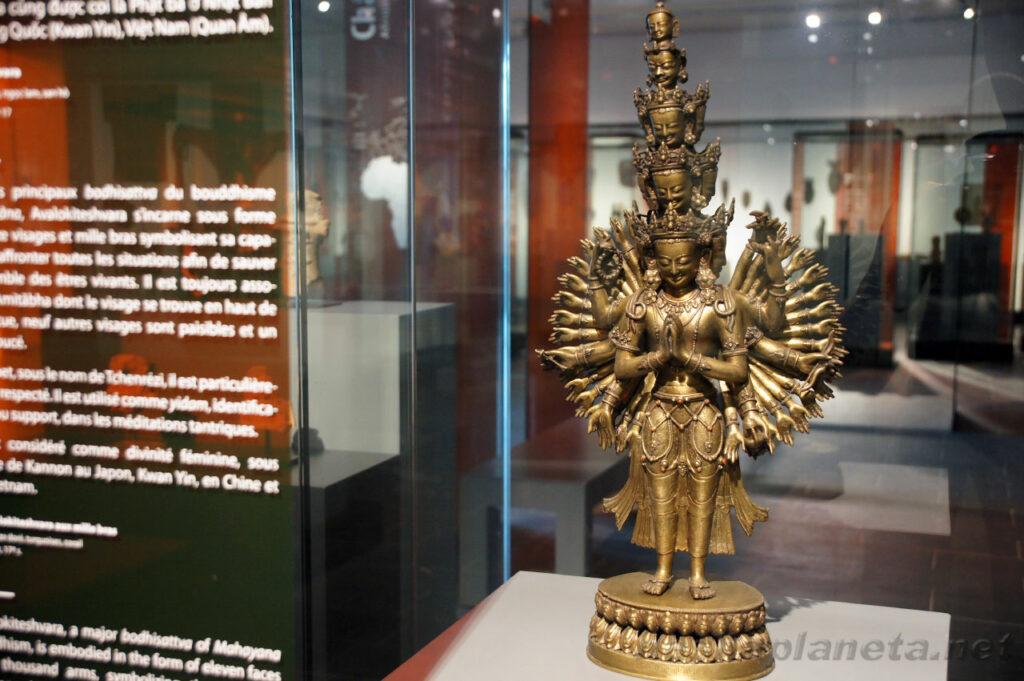
From textiles of Laos and Thailand to masks from Indonesia and the Philippines, this area highlights regional similarities and differences, making the museum even more engaging.
Ticket Prices and Opening Hours
Visiting the Vietnam Museum of Ethnology is affordable and well worth your time.
-
Entrance fee:
-
Adults: 40,000 VND (~$1.50 USD)
-
Students and children: 20,000 VND (~$0.75 USD)
-
-
Opening hours:
-
Tuesday to Sunday, from 8:30 AM to 5:30 PM
-
Closed on Mondays and during the Vietnamese New Year (Tet holiday)
-
You can easily reach the museum by taxi, motorbike, or as part of a guided Hanoi city tour, which often includes other cultural sites like the Ho Chi Minh Mausoleum and the Temple of Literature.
Is the Vietnam Museum of Ethnology Worth Visiting?
Absolutely — the museum is not just for history lovers. It’s one of the most interactive and educational attractions in Hanoi. The exhibits are beautifully curated and well-labeled in both Vietnamese and English, making them accessible for international visitors.
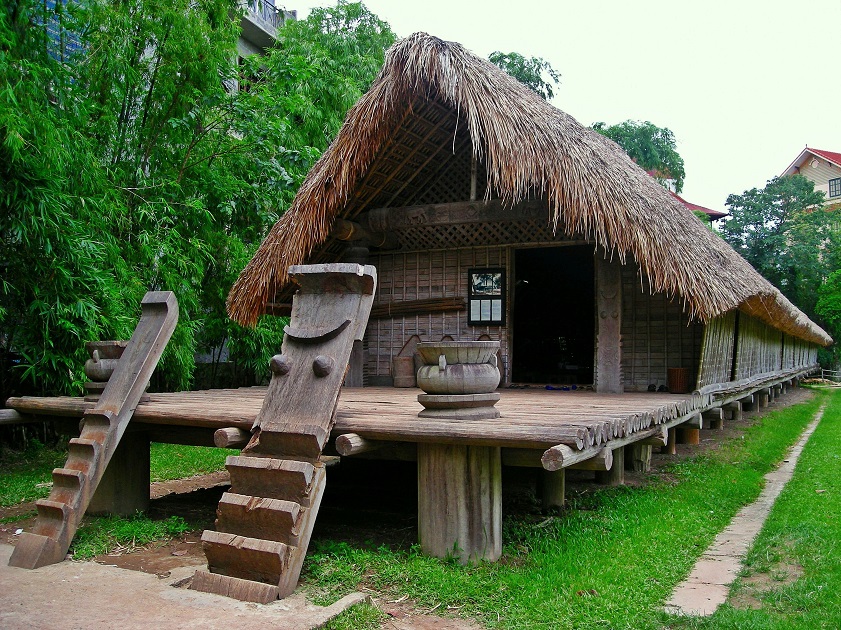
Families with kids will find plenty of engaging activities, such as hands-on craft demonstrations, folk games, and traditional performances held on weekends. For travelers seeking a deeper understanding of Vietnamese culture beyond the surface, this museum offers genuine insights that even the best city tours can’t fully capture elsewhere.
Most visitors spend two to three hours exploring the museum, but culture enthusiasts could easily stay half a day. It’s a peaceful place away from Hanoi’s busy streets — an oasis of learning and reflection.
Tips for Visitors
-
Bring a hat or umbrella, as the outdoor exhibits are spacious and mostly uncovered.
-
Don’t miss the small souvenir shop inside the museum — it sells authentic handicrafts made by ethnic artisans.
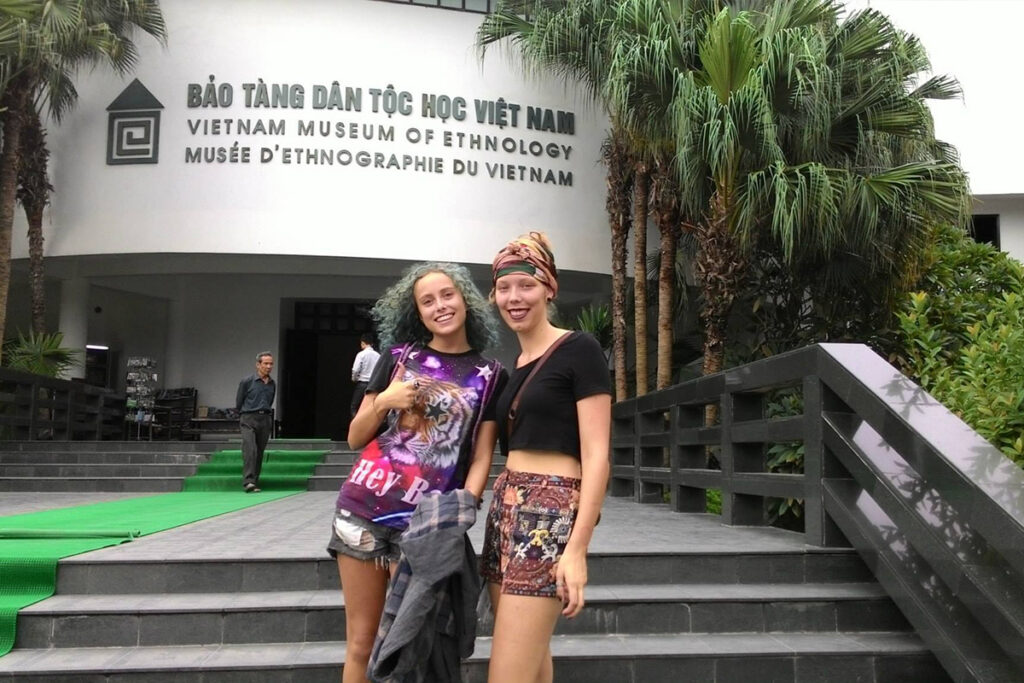
-
If you visit on weekends, you might catch a traditional puppet show or folk music performance in the courtyard.
-
Combine your visit with nearby attractions like Lotte Observation Deck or West Lake for a full Hanoi city tour experience.
Final Thoughts
The Vietnam Museum of Ethnology is a must-see cultural destination that perfectly complements any Hanoi city tour. It offers a unique opportunity to understand Vietnam’s multi-ethnic identity through authentic exhibits and immersive experiences.
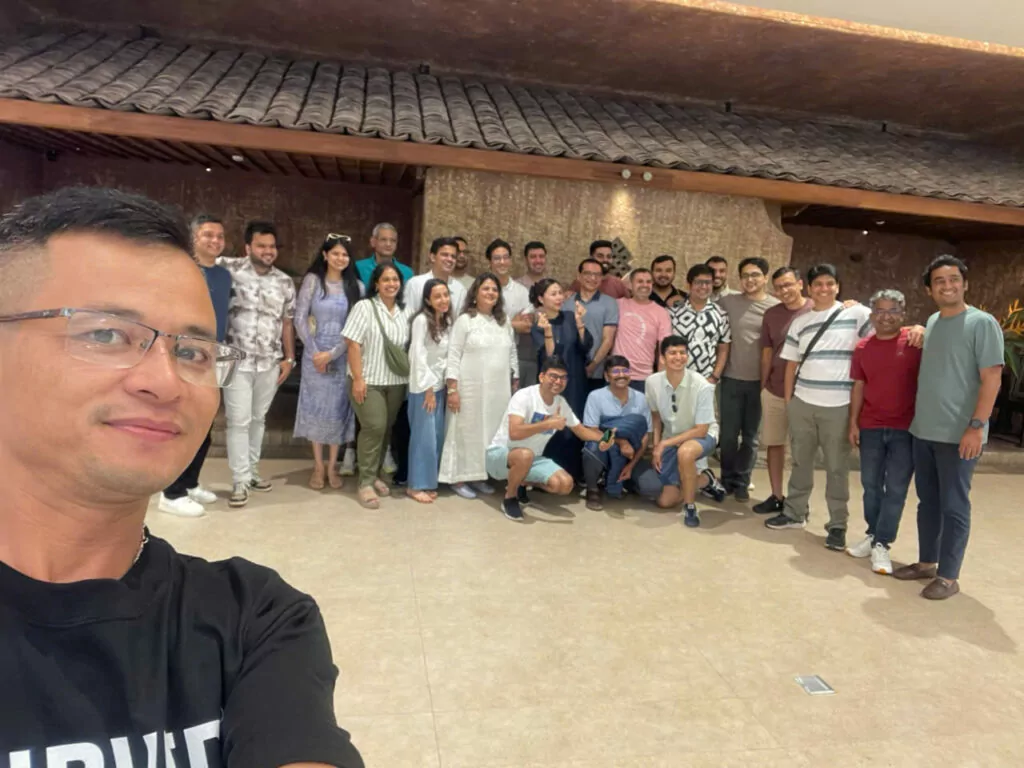
Whether you’re a history buff, a culture lover, or simply curious about the people who make up Vietnam’s colorful mosaic, this museum is the ideal starting point to appreciate the country’s diversity.
So, next time you’re planning your Hanoi itinerary, make sure the Vietnam Museum of Ethnology is on your list — it’s one of the city’s most rewarding stops.
You would be interested in:




